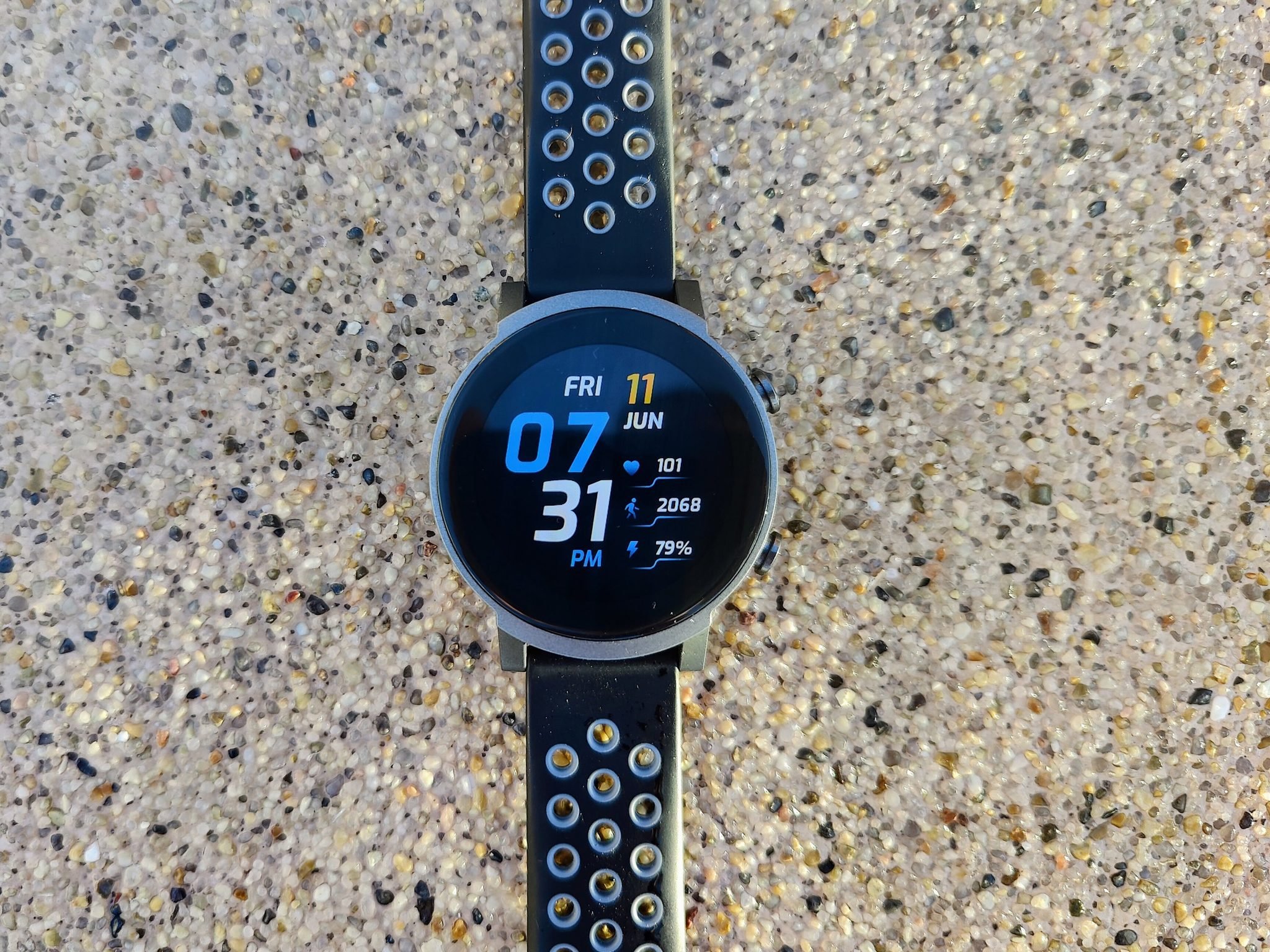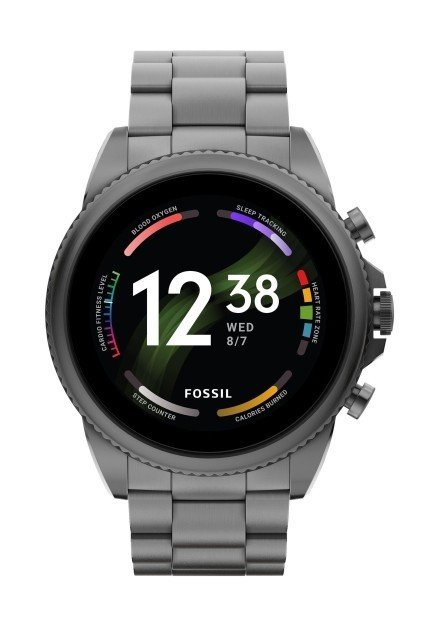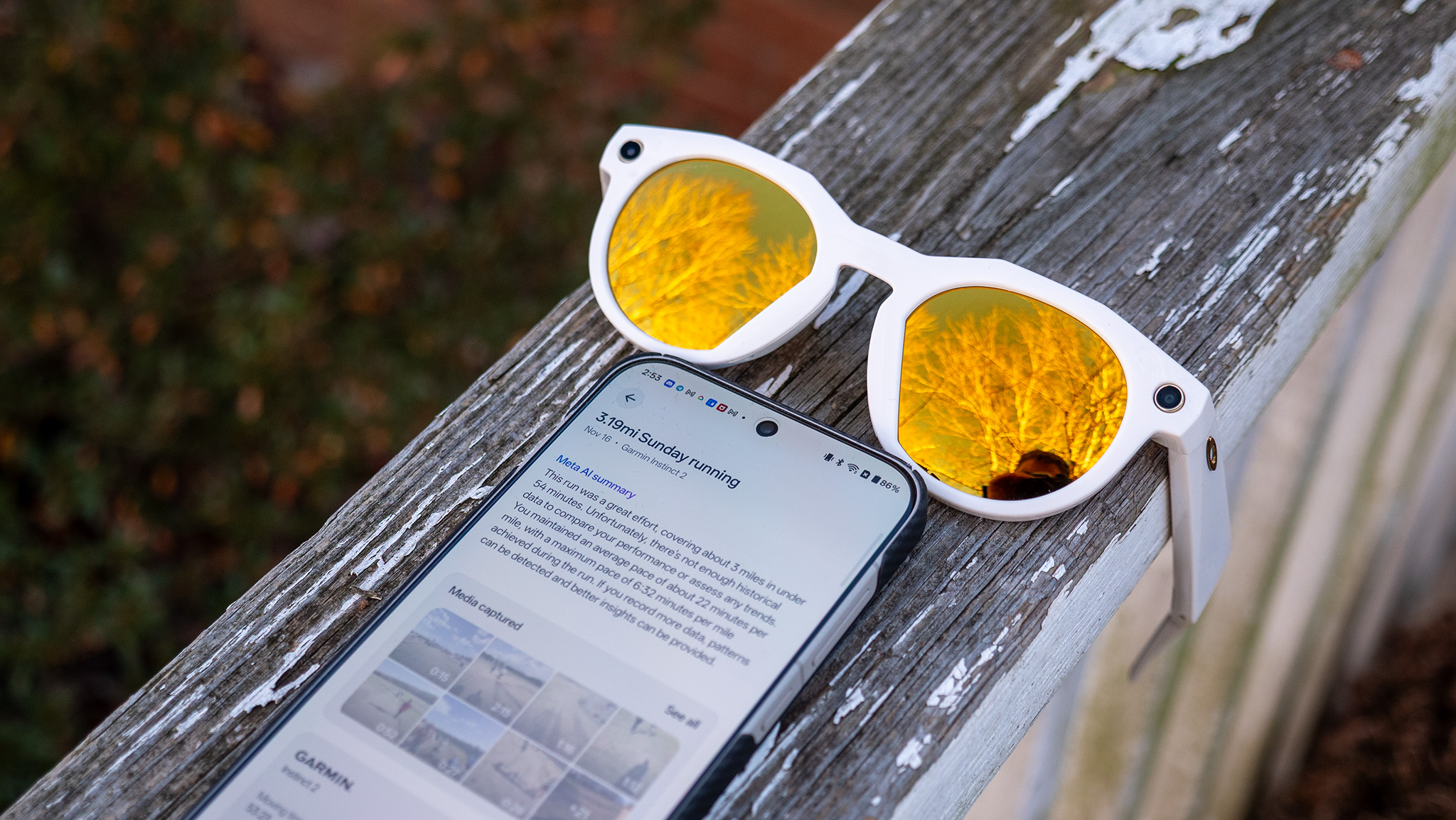Snapdragon Wear 5100 leak suggests no major CPU gains over its predecessor

What you need to know
- Qualcomm's next-gen Snapdragon Wear 5100 has been spotted with four ARM Cortex-A53 cores, not Cortex-A73 cores as previous reports suggested.
- These CPU cores are similar to the ones used for the company's previous-generation wearable chipsets.
- Samsung and SMIC are reportedly supplying the chipset to Qualcomm.
Qualcomm's next-generation wearable chipset, dubbed the Snapdragon Wear 5100, was recently spotted with a quad-core CPU featuring ARM Cortex-A73 cores. While the leak promised a significant performance boost over the chipset's predecessor, a new report suggests that this may not be the case.
The processor will supposedly have four ARM Cortex-A53 cores instead of the more powerful Cortex-A73 cores as previous rumors claimed, according to WinFuture. This information is based on initial samples that were tested by Qualcomm, although it didn't include details about the clock speed and fabrication technology.
If the report turns out to be correct, Qualcomm's upcoming smartwatch processor won't ship with a major chip upgrade as initially expected. The previous-generation Snapdragon Wear 4100 and 4100+, which launched last year, featured 12nm-based Cortex-A53 cores, although the 4100+ variant shipped with a low-power coprocessor to take some of the load from the main processor.
This leaves the Snapdragon Wear 5100 stuck with old CPU cores. That is way too far behind the 5nm-based Samsung Exynos W920 that powers some of the best Android smartwatches including the Galaxy Watch 4 and Watch 4 Classic.
However, Qualcomm may make up for that trade-off in other areas. The report says the company is testing the chipset in various configurations that use 1GB or 2GB of LPDDR4X RAM and 8GB or 16GB of eMMC-based flash storage. In addition, the processor is reportedly being tested with cameras featuring 5MP and 16MP sensors. That said, there are no indications about future smartwatches rocking a camera.
Like its predecessor, the next-gen chipset is also rumored to have an ultra-low-power coprocessor to handle menial tasks like logging health data in power-saving mode. As for the production side, Samsung's semiconductor division and China's SMIC will reportedly supply the chipset to Qualcomm.
Given that the Snapdragon Wear 4100+ has only recently begun to appear in a handful of new wearables including the Fossil Gen 6 series, any actual smartwatch powered by the Snapdragon Wear 5100 may take a while to hit the market. This may buy Qualcomm some time to improve its wearable chipsets in order to meet the increasing power demand from new and upcoming Wear OS smartwatches.
Get the latest news from Android Central, your trusted companion in the world of Android

Fossil Gen 6
The Fossil Gen 6 is Fossil's latest Wear OS smartwatch that offers faster performance, improved fitness features, and longer battery life. It comes in seven styles with four colorways in a 44mm case and three colorways in a 42mm variant.

Jay Bonggolto always keeps a nose for news. He has been writing about consumer tech and apps for as long as he can remember, and he has used a variety of Android phones since falling in love with Jelly Bean. Send him a direct message via X or LinkedIn.
